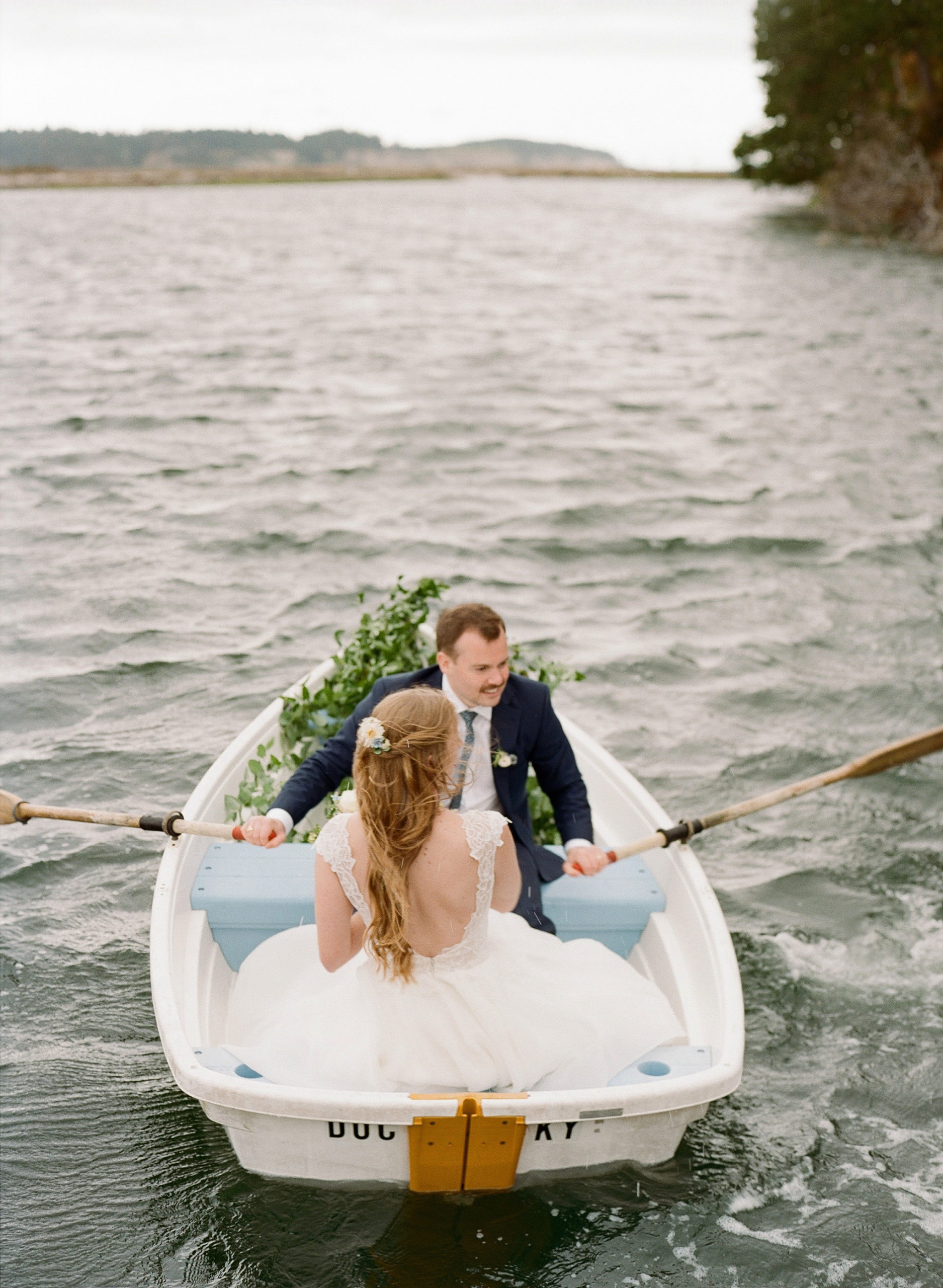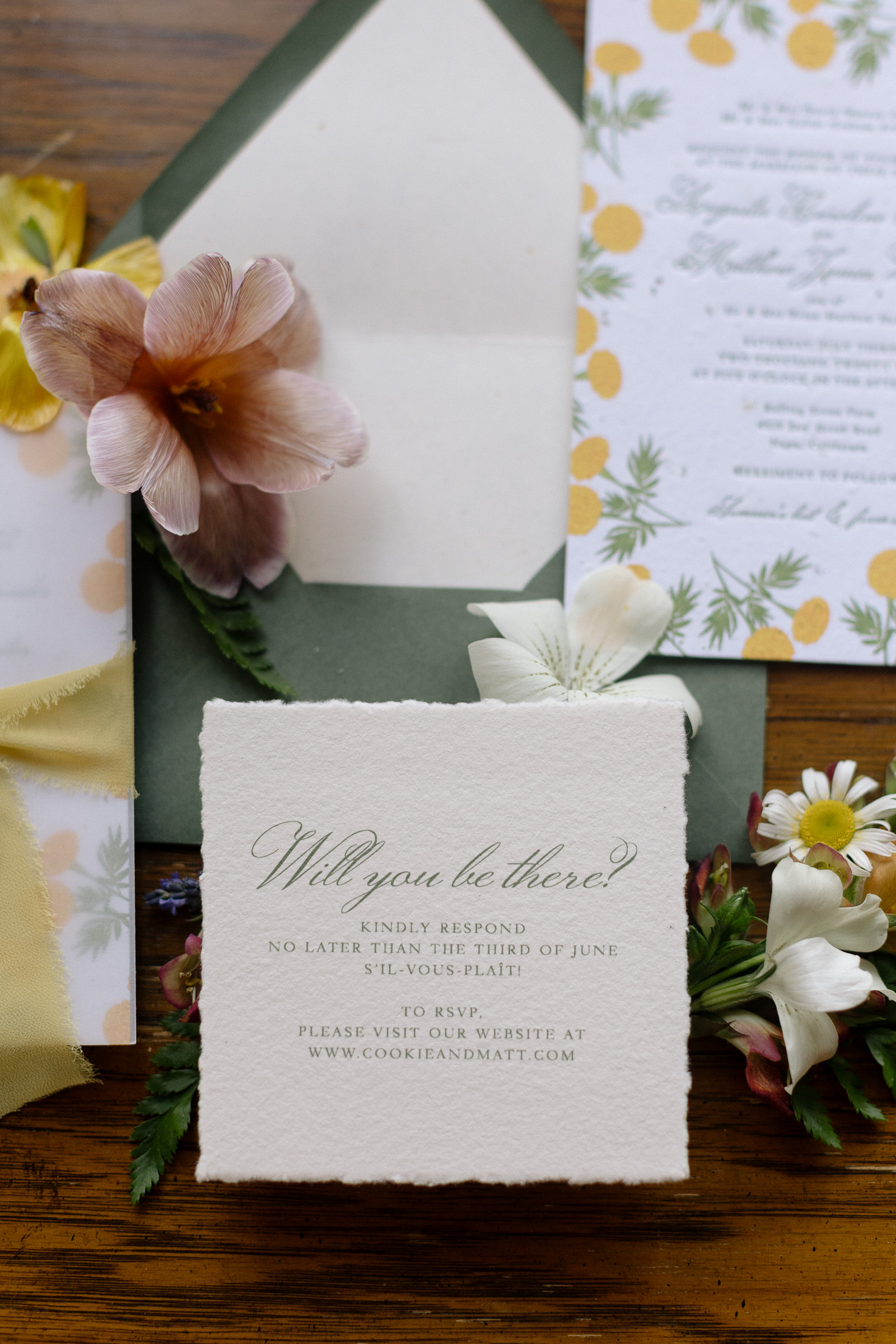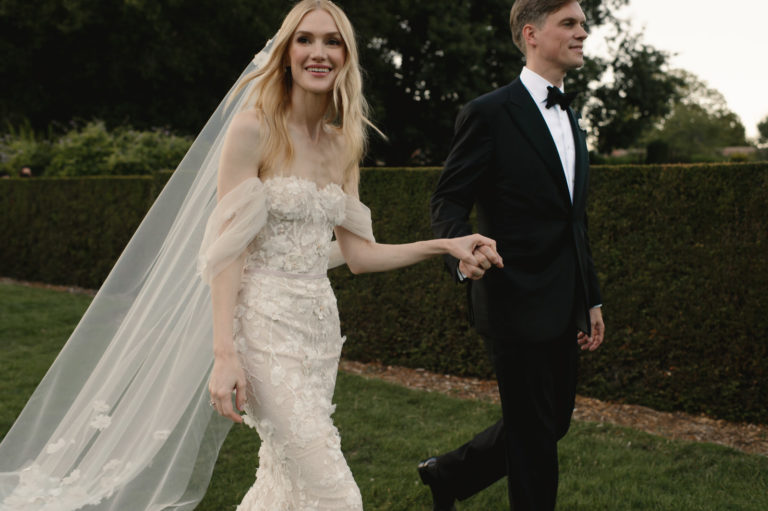
Planning: Valley & Company Events
Weddings create waste—this is not new news. But this Earth Day, we’re sharing expert tips from some of our favorite wedding planners on how to eliminate waste, lower carbon footprints, and recycle more. A lot of the advice we heard will, in turn, cut costs, so it’s really a win-win for everyone. And planners agree that couples are becoming more conscious of the decisions that will impact the Earth later on.
Below, 7 easy and essential tips on how to make your wedding more sustainable:

1. Keep Eco-Conscious Venues in Mind
Xin Huang of Le Petite Privé has noticed that the 1 Hotels, EDITION hotels, and Aman Resorts are leaders in sustainable luxury. Each is great about “using the local resources to lower shipping and emissions…[and] also providing guests a 360 experience of the local culture and offerings,” she states.
And Layne Kula of Penny Layne especially loves Lone Mountain Ranch in Big Sky, Montana, which is a National Geographic Lodge. There are no straws and cars, and boxed water replaces plastic bottles.
Since Paulina Corvi of Events by Paulina works on destination weddings in Italy, she notes that the Rosewood Castiglion del Bosco is her favorite eco-friendly venue with a farm and biodynamic garden on the property and high sustainability standards for housekeeping, landscaping, transportation, energy utilization, and waste conservation.
Aleah and Nick of Valley & Company Events often find more remote destination locales like the San Juan Islands, Hawaii, Montana, and Mexico have “such a bevy of incredible local purveyors within their reach that are incredible to tap into.” Their advice: “Before booking a property, ask around to find incredible chefs, wine purveyors, and artists who could potentially provide something spectacular for your experiences.”

2. Use Digital Invites & Save the Dates
This may be a very obvious tip, but to save a large amount of paper, ink, and energy, consider using digital stationery. It’s also often a way cheaper alternative to the tangible invitation suites. To continue to support a stationer or calligrapher you love, you can also have them design a digital version to upload to a platform like Paperless Post. Huang adds, “Share the [digital] suite with your photographer for day-of detail shots!”

3. Consider Plantable and Recycled Paper
If you really want to send out paper invitations, why not consider plantable paper? “We’re working on a magnificent invitation suite right now with our team, and all of the papers are made of wildflower seeds and are completely plantable,” Kula says. “We provide instructions for guests, so they know that those elements are meant to live on and be incorporated in their gardens at home. It’s a lovely sentiment and also keeps our events green!”
Penny Layne is more aware now of what and how they design paper elements too. “We have a client who wanted gorgeous dinner menus that we just designed on denim and recyclable straw paper,” Kula shares.

4. Take Guests on a Sustainable Excursion
For couples who are hosting a multi-day wedding, Aleah and Nick suggest taking guests on an outing that highlights local sustainability efforts and education. Experiences like boating, cooking classes, oyster shucking, and beach clean-ups are “fun and unexpected ways to create awareness about a location and its offerings—an excellent way to elevate the guest experience!”

5. Repurpose Ceremony Florals
A wedding ceremony is on average 30-45 minutes. After all the glitter settles, you leave those beautiful florals and head into cocktail hour. “Our couples really appreciate when we reuse those florals for the dance floor, bar, or even photo booth,” Huang shares. “It’s a second life for those beautiful florals! Hugely eco-friendly and budget-friendly!”
Kula also suggests having guests take home florals and plants to give them a new life. And Corvi is always a strong advocate of donating flowers to a good cause. “It might take some extra coordination on the couple or wedding planner’s part, but I don’t see why these flowers can’t go to local hospitals or senior centers, where they bring smiles to people who probably could use them for an extra day or two,” she notes.

6. Use Fewer Flowers and Add an Exciting Decor Element
“If I have to share just one [piece of] advice on making weddings more sustainable, it would be to use fewer flowers for decor,” Corvi shares. “I know this isn’t the most natural thing to do, especially since flowers have traditionally been such an essential part of weddings.” She assures us that there are many ways of creating that wow factor that couples desire. Her clients have been loving an abundance of tall crystal candelabras, which transforms a space without needing many complementary blooms.

Catering: Table Catering
7. Serve Local Fare
“One of the most exciting places to think about practicing sustainability is with your cuisine: working with a chef and culinary team who is as excited about this as you are can add layers to your dining experience,” Aleah and Nick share. Farm-to-table dining is the ultimate goal for a sustainable meal. Tap seafood mongers and recommend local mixologists or beverage brands. “Choosing to serve local in-season cedar-planked fish over a fish from across the ocean that requires multiple steps to get to the table is such a simple choice to make and not only shrinks the carbon footprint for dinner but enhances that local picture you’re painting for your guests.”

8. Skip the Buffet—or Donate Leftovers
“Food waste is one of the largest hit on the economy and our community at large,” Huang states. “Opt for a great small plate passed reception instead of buffet reception.” Buffets, while super easy logistically, lead to a lot of unwanted leftovers—which you can and should definitely donate! Smaller, fork-friendly options also help guests mingle and taste a lot of different foods.












